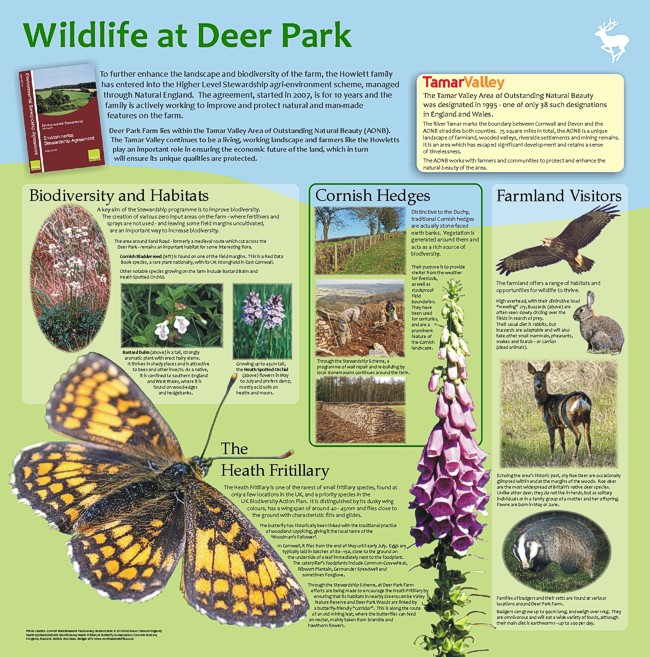 |
 |
||||||||||||||
| Home | Farming Today | Wildlife | History & Heritage | Visit Information | Contact Us | |||||||||||||||
|
Tel. 01579
370292 | email: martin@howlettpl17.fsnet.co.uk
|
|||||||||||||||
|
|
Wildlife at Deer Park Farm To further enhance the landscape and biodiversity of the farm, the Howlett family has entered into the Higher Level Stewardship agri-environment scheme, managed through Natural England. The agreement, started in 2007, is for 10 years and the family is actively working to improve and protect natural and man-made features on the farm. |
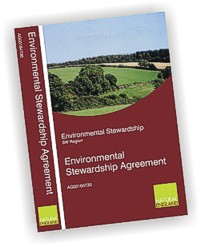 |
|||||||||||||
|
Find out about our dedicated WILDLIFE AMENITY AREA on the farm - "Brian's Peace" - Discover more here> |
|||||||||||||||
Deer Park Farm lies within the Tamar Valley Area of Outstanding Natural Beauty (AONB). The Tamar Valley continues to be a living, working landscape and farmers like the Howletts play an important role in ensuring the economic future of the land, which in turn will ensure its unique qualities are protected.
|
|||||||||||||||
|
|
|||||||||||||||
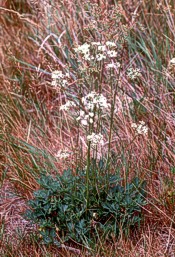 |
A key aim of the Stewardship programme is to improve biodiversity. The creation of various zero input areas on the farm - where fertilisers and sprays are not used - and leaving some field margins uncultivated, are an important way to increase biodiversity. The area around Sand Road - formerly a medieval route which cut across the Deer Park - remains an important habitat for some interesting flora. Cornish Bladderseed (left) is found on one of the field margins. This is a Red Data Book species, a rare plant nationally, with its UK stronghold in East Cornwall. Other notable species growing on the farm include Bastard Balm and Heath Spotted Orchid. |
||||||||||||||
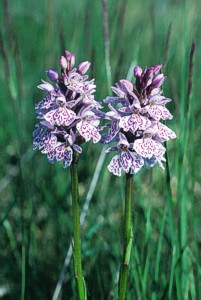 |
|||||||||||||||
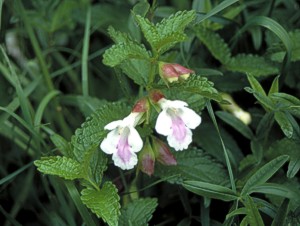 |
Bastard balm (left) is a tall, strongly aromatic plant with erect hairy stems. It thrives in shady places and is attractive to bees and other insects. As a native, it is confined to southern England and West Wales, where it is found on wood-edges and hedgebanks.
Growing up to 45cm tall, the Heath Spotted Orchid (right) flowers in May to July and prefers damp, mostly acid soils on heaths and moors. |
||||||||||||||
| Cornish hedges | |||||||||||||||
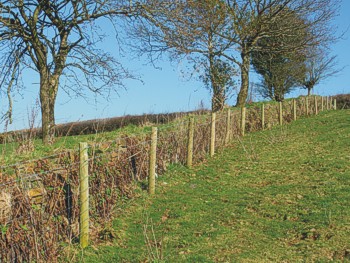 |
Distinctive to the Duchy, traditional Cornish hedges are actually stone-faced earth banks. Vegetation is generated around them and acts as a rich source of biodiversity. Their purpose is to provide shelter from the weather for livestock, as well as stockproof field boundaries. They have been used for centuries, and are a prominent feature of the Cornish landscape.
|
||||||||||||||
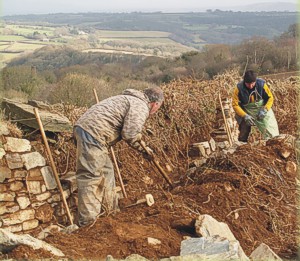 |
Through the Stewardship Scheme, a programme of wall repair and |
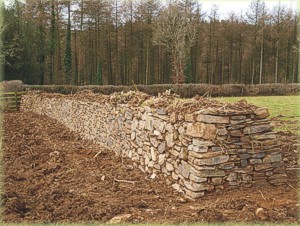 |
|||||||||||||
|
Farmland
Visitors |
|||||||||||||||
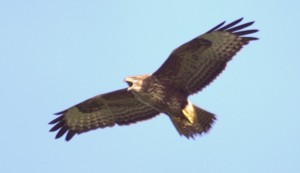 |
High overhead, with their distinctive loud “mewling” cry, Buzzards (left) are often seen slowly circling over the fields in search of prey. Their usual diet is rabbits, but buzzards are adaptable and will also take other small mammals, pheasants, snakes and lizards - or carrion (dead animals). |
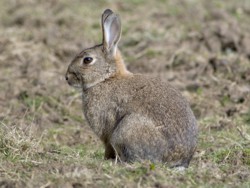 |
|||||||||||||
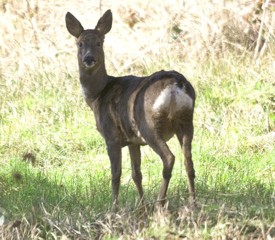 |
Echoing the area’s historic past, shy Roe Deer (left) are occasionally
glimpsed within and at the margins of the woods. Roe deer are the most
widespread of Britain's native deer species. Unlike other deer, they
do not live in herds, but as solitary |
||||||||||||||
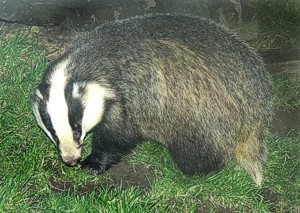 |
|||||||||||||||
|
Families of badgers (right) and their setts are found at various locations around Deer Park Farm. Badgers can grow up to 90cm long, and weigh over 11kg. They are omnivorous and will eat a wide variety of foods, although their main diet is earthworms - up to 200 per day. |
|||||||||||||||
| The Heath Fritillary | |||||||||||||||
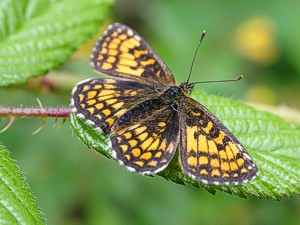 |
The Heath Fritillary is one of the rarest of small fritillary species, found at only a few locations in the UK, and a priority species in the UK Biodiversity Action Plan. It is distinguished by its dusky wing colours, has a wingspan of around 40 - 45mm and flies close to the ground with characteristic flits and glides. The butterfly has historically been linked with the traditional practiceof woodland coppicing, giving it the local name of the ‘Woodman's Follower'. In Cornwall, it flies from the end of May until early July. Eggs are typically laid in batches of 80 - 150, close to the ground on the underside of a leaf immediately next to the foodplant. The caterpillar's foodplants include Common Cow-wheat, Ribwort Plantain, Germander Speedwell and sometimes Foxglove. . |
 |
|||||||||||||
| Through the Stewardship Scheme, at Deer Park Farm efforts are being made to encourage the Heath Fritillary by ensuring that its habitats in nearby Greenscombe Valley Nature Reserve and Deer Park Woods are linked by a butterfly-friendly “corridor”. This is along the route of an old mining leat, where the butterflies can feed on nectar, mainly taken from bramble and hawthorn flowers | |||||||||||||||
 |
To download or view our Deer Park Farm Heath Fritillary Information Card, click here. | ||||||||||||||
|
Deer Park Farm is situated within the Tamar Valley Area of Outstanding Natural Beauty (AONB), which was designated in 1995 - 0ne of only 38 such designations in England and Wales. The River Tamar marks the boundary between Cornwall and Devon and the AONB straddles both counties. 75 square miles in total, the AONB is a unique landscape of farmland, wooded valleys, riverside settlements and mining remains. It is an area which has escaped significant development and retains a sense of timelessness. |
|||||||||||||||
| The AONB works with farmers and communities to protect and enhance the natural beauty of the area. | |||||||||||||||
|
Home | Farming Today | Wildlife | History & Heritage | Visit Information | Contact Us (c) Deer Park Farm 2012. Website design by Graphic Words |
|||||||||||||||
